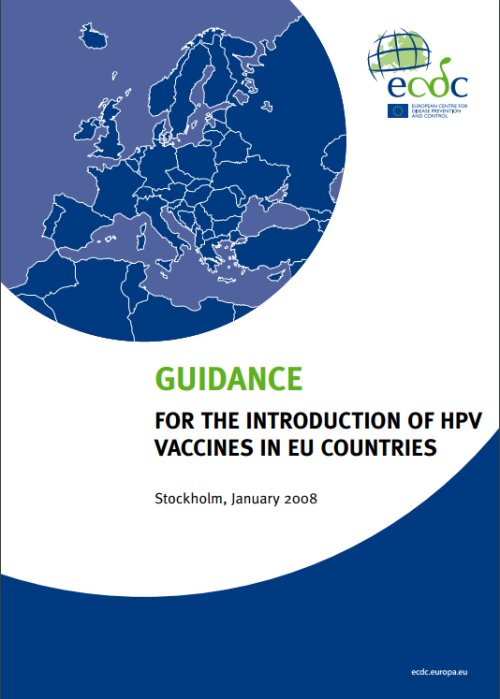Communication
WHO communication on HPV Vaccines
Human papillomavirus vaccines: WHO position paper, December 2022
This position paper is concerned with vaccines and vaccination against diseases caused by human papillomaviruses (HPVs). Its primary focus is the prevention of cervical cancer, given the role of prophylactic HPV vaccination as a foundational pillar of the WHO Global Strategy to Accelerate the Elimination of Cervical Cancer as a Public Health Problem.
WHO Q&A on HPV vaccination
- Q&A on HPV vaccination (pdf, 200 kB)
- Q&A on HPV vaccination for health professionals (pdf, 208 kB)
- Q&A on HPV vaccination for adolescents (pdf, 198 kB)
- Q&A on HPV vaccination for parents and caregivers (pdf, 245 kB)
CDC HPV information for targeted audiences
CDC information page on HPV for:
- parents and the public
- health care professionals
- partners and programs
Vaccine introduction
ECDC guidance. Introduction of HPV vaccines in European Union Countries - an update
ECDC guidance. Introduction of HPV vaccines in European Union Countries - an update (.pdf, 990 KB):
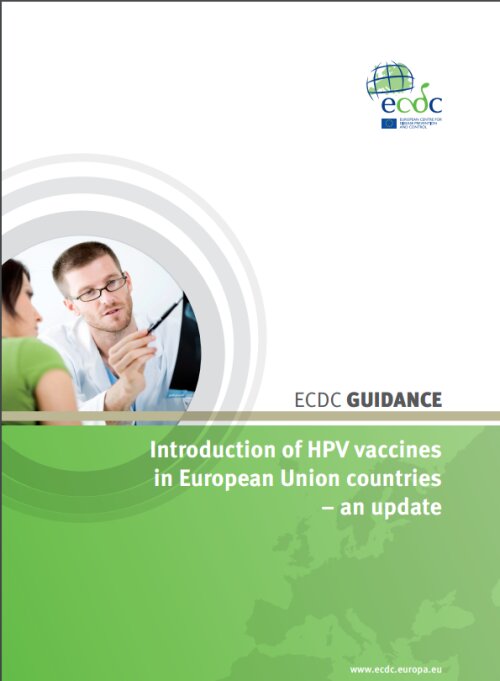
- In January 2008, a panel of ECDC experts produced the Guidance for the introduction of HPV vaccines in EU countries (document below). Since then, most countries have implemented national vaccination programmes for adolescent girls and a significant number have also introduced catch-up programmes for young women. Literature published since 2008 has provided new evidence and filled some knowledge gaps. Meanwhile, new questions have arisen: one of the main issues is whether vaccination protocols should include boys as well as girls, while another pressing concern is the unsatisfactory immunisation coverage rate achieved in most countries. The 2008 Guidance is still a useful reference for more consolidated knowledge on the topic.
ECDC guidance for the introduction of HPV vaccine in EU countries 2008
ECDC guidance for the introduction of HPV vaccine in EU countries 2008 (.pdf, 526 KB):
- The purpose of the report is to lay down the scientific basis for the potential introduction of human papillomavirus (HPV) vaccines in order to help European Union (EU) Member States to make policy choices.
- It highlights the issues to be considered and it provides a list of policy options for each of these issues.
- Developed by a Scientific Panel of experts set up and coordinated by the Scientific Advice Unit of the European Centre for Disease Prevention and Control (ECDC).
UNFPA policy and programme guidance for countries for the introduction of the HPV vaccine
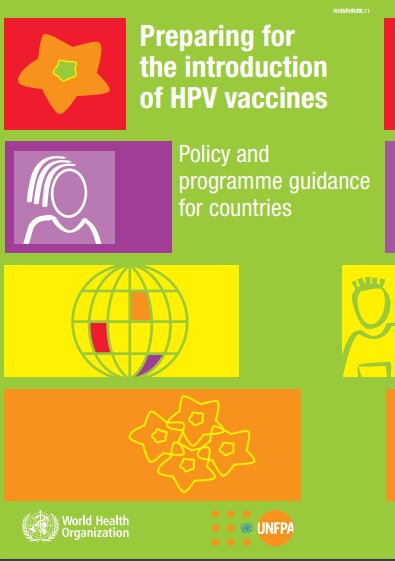
This guidance note is based on a UNFPA/WHO Technical Consultation on HPV Vaccines and Sexual and Reproductive Health Programmes, held in March 2006 in Montreux, Switzerland.
The report is intended to alert a broad array of stakeholders – in sexual and reproductive health, immunization, child and adolescent health, and cancer control programmes – to some of the key issues surrounding the upcoming introduction of HPV vaccines against cervical cancer. It highlights the contributions that national immunization programmes, sexual and reproductive health programmes, and cancer control programmes can make in preparing for national introduction of the vaccines in the context of the Global Immunization Vision and Strategy.
Screening and treatment
European guidelines for quality assurance in cervical cancer screening
European guidelines for quality assurance in cervical cancer screening (.pdf, 8.6 MB):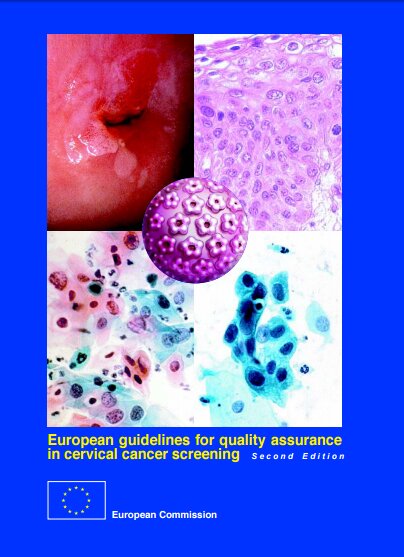
The report includes:
- The natural history of precursor lesions and cervical cancer, the epidemiological scientific basis for cytology-based screening and the principles for defining, implementing and evaluating evidence-based screening policy.
- Screening systems and possibilities of articulation between organised and opportunistic screening activities.
- Main components of a screening system.
- A review of three possible clinical applications of HPV testing: screening, triage of women with equivocal or low-grade European guidelines for quality assurance in cervical cancer screening Pap smear results and follow-up after conservative treatment of cervical lesions.
- Guidelines on how to prepare an adequate cervical smear and recommendations for cervical cytology terminology.
- Quality assurance, certification and training in laboratory practice in cytology and histology, respectively.
- Guidance for management of screen-detected lesions, including specific instructions for colposcopists and treatment.
- Recommended key performance indicators dealing with invitation, participation, screening, management and treatment of screen-positive women.
WHO guidelines for screening and treatment of precancerous lesions for cervical cancer prevention
WHO guidelines for screening and treatment of precancerous lesions for cervical cancer prevention (.pdf, 740 KB):
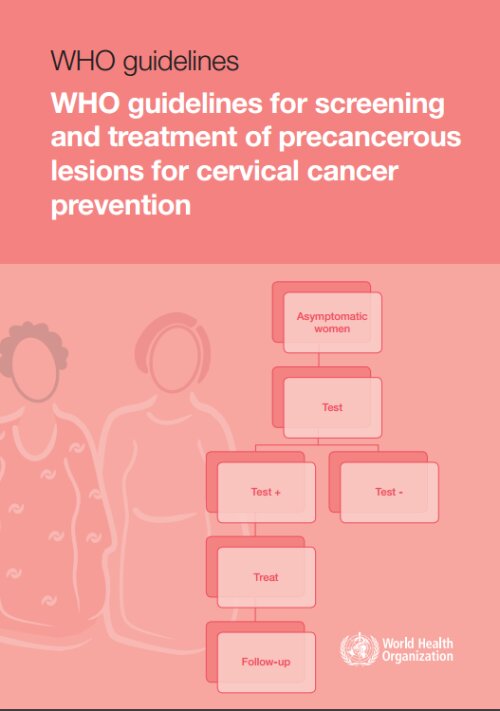
- Provide recommendations for strategies for a screen-and-treat programme.
- Builds upon the existing WHO guidelines: Use of cryotherapy for cervical intraepithelial neoplasia (published in 2011) and on the new WHO guidelines for treatment of cervical intraepithelial neoplasia 2–3 and glandular adenocarcinoma in situ (being published concomitantly with these present guidelines).
- For policy-makers, managers, programme officers, and other professionals in the health sector who have responsibility for choosing strategies for cervical cancer prevention, at country, regional and district levels.
